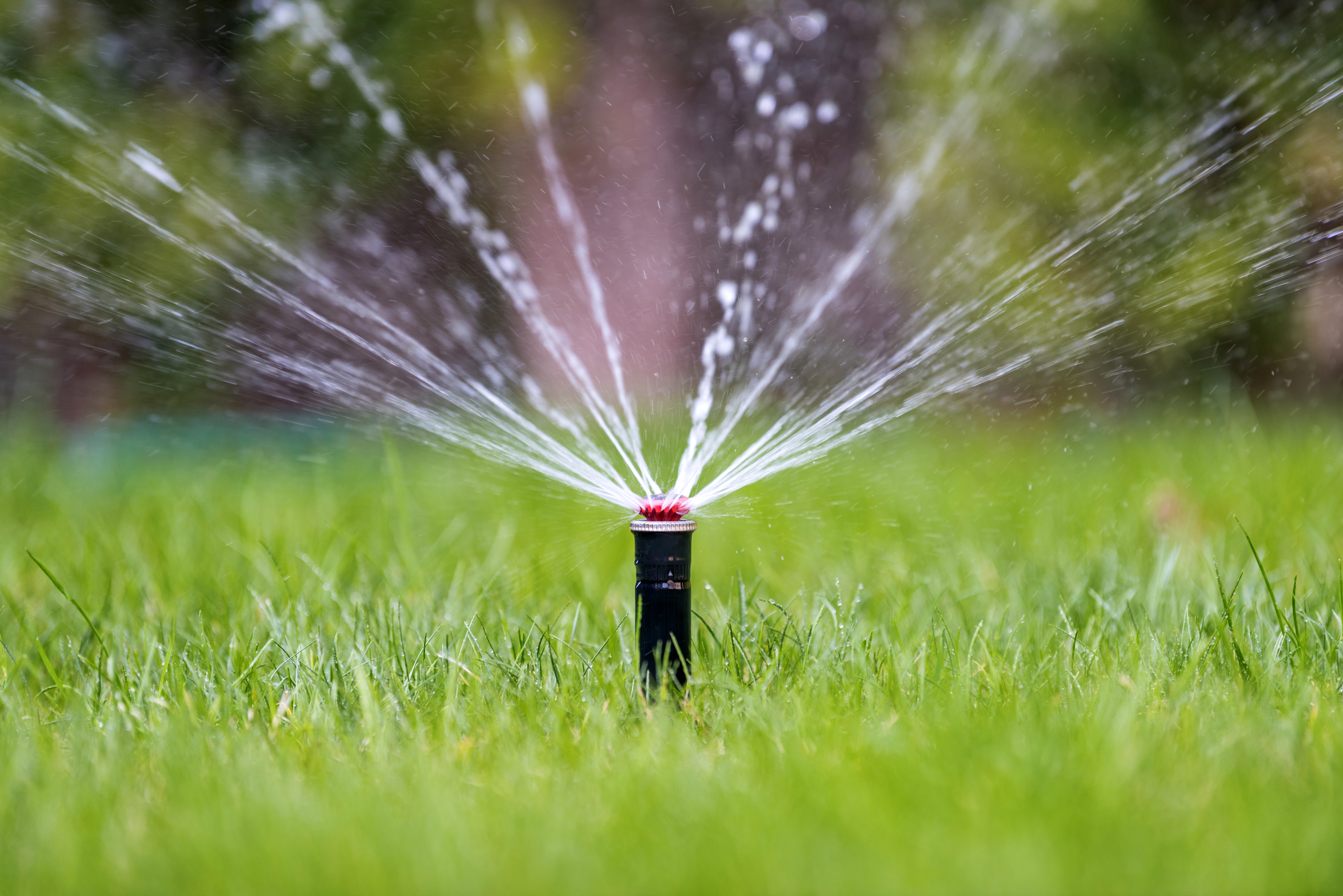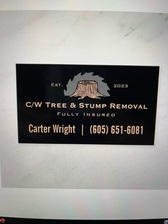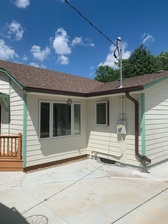
Get matched with top lawn irrigation specialists in Scotland, SD
Enter your zip and get matched with up to 5 pros
Need a pro for your lawn irrigation project in Scotland, SD?
Verified Reviews for Lawn Irrigation pros in Scotland, SD
*The Angi rating for Lawn Irrigation companies in Scotland, SD is a rating based on verified reviews from our community of homeowners who have used these pros to meet their Lawn Irrigation needs.
*The HomeAdvisor rating for Lawn Irrigation companies in Scotland, SD is a rating based on verified reviews from our community of homeowners who have used these pros to meet their Lawn Irrigation needs.
Last update on December 13, 2025
Find Lawn irrigation specialists in Scotland
Fejfar Plumbing & Heating Inc
Fejfar Plumbing & Heating Inc
Additional contact name - Dennis Heine.
Additional contact name - Dennis Heine.
Yankton Irrigation
Yankton Irrigation
Yankton Irrigation and Custom Curbing Company Inc have served Yankton, Vermillion and the surrounding area since 1989. We provide experienced, professional installation and courteous customer service. Yankton Irrigation and Custom Curbing Company Inc offers the following: • Residential, commercial and industrial projects • Sprinkler irrigation systems • Concrete lawn edging • Rock gardens • Prompt quality service • Free estimates • Convenient payment options Please contact us today to schedule your personalized consultation.
Yankton Irrigation and Custom Curbing Company Inc have served Yankton, Vermillion and the surrounding area since 1989. We provide experienced, professional installation and courteous customer service. Yankton Irrigation and Custom Curbing Company Inc offers the following: • Residential, commercial and industrial projects • Sprinkler irrigation systems • Concrete lawn edging • Rock gardens • Prompt quality service • Free estimates • Convenient payment options Please contact us today to schedule your personalized consultation.
FAQs for lawn irrigation projects in Scotland, SD
While watering your lawn by hand might save you money upfront, installing and using a lawn irrigation system does save you money over time. You are less likely to overwater your lawn with a professional irrigation system, which will cause a reduction in water usage. These systems use the right amount of water without waste. In addition, watering your lawn the correct amount will also help prevent different fungi from growing, saving you money in fungi removal costs.
Lawn irrigation is the process of getting water to your lawn, grass and all, for it to grow. There are five main types of lawn irrigation methods:
Manual irrigation puts you in charge of the flow of water. Using a sprinkler head on your hose is best to evenly distribute the water across your entire lawn. This doesn’t take much time but requires you to be physically outside holding the hose.
Above-ground sprinklers attach to your hose and rotate or oscillate around your lawn. Since these are above-ground, they’ll need to be moved when it’s time to mow, and depending on the size of your property, you might need to move it around your yard for full coverage.
In-ground sprinklers are flush with the ground when not in use but pop up above the ground level when it's time to water the lawn. Piping for these sprinklers is all found underground, and there are different types of sprinkler heads for different uses and lawn sizes.
Drip irrigation involves drip lines that are more efficient than sprinklers for more extensive lawns. This involves a lot of digging since they are installed underground, but it makes it easy for you to mow.
Rainwater collection and irrigation uses nature’s precipitation to water your lawn. This option might not be available in every area since semi-reliable rainfall is needed, though the barrels for this system can range from 15 gallons to 10,000 gallons or more.
Even though having a lawn irrigation system to water your lawn is efficient, you do not want to run it daily. It’s best to run your system two to three times a week. The length of time to run your system varies on factors like wind, temperature, and the variety of your grass, but 10 to 20 minutes each time is generally preferred. If you water too frequently, you’ll drown your grass and plants.
The cost of a lawn sprinkler system is $2,550 for the average homeowner. However, this price can range from $350 to $5,000 or more, depending on the type of sprinkler system you install, the size of your yard, and the type of sprinkler heads you choose. For example, rotating or oscillating sprinkler heads are more expensive than stationary ones, making the cost for one sprinkler head $2.50 to $30 each. Likewise, a yard that is 1/4 of an acre in size averages a total average price of $2,460; however, a one-acre yard averages a cost of $9,840.
The total time it takes to install a lawn irrigation system is roughly one to two days. This includes digging trenches for any necessary underground piping, placing the piping, wiring, sprinkler heads, and valves, and connecting your sprinkler system to your water supply. If you have a lawn larger than one acre, or if there are any municipality regulations that extend the project, you can expect the timeline to be closer to two days.
The Scotland, SD homeowners’ guide to lawn irrigation services
From average costs to expert advice, get all the answers you need to get your job done.
 •
•Discover the average outdoor misting system cost, key price factors, and ways to save. Get transparent, expert-backed estimates for your installation.

If your sprinkler system isn’t working, it may be time for a new pump. Find out sprinkler pump replacement costs with this guide.
 •
•Discover the cost to winterize a sprinkler system, including average prices, key cost factors, and tips to save. Learn what impacts your estimate and how to budget.

Looking to learn how to clean your sprinkler heads for a strong, healthy lawn? Look no further—here are five simple steps to achieve this easy DIY project.

How do smart sprinklers work? Like all smart technology, smart irrigation systems use the power of the internet and real-time data to adjust your watering schedule. Learn more.

Tired of your hose spraying everywhere except your plants? Learn all about garden hose thread sizes, buying new fittings, and types of hose couplings in this guide.






